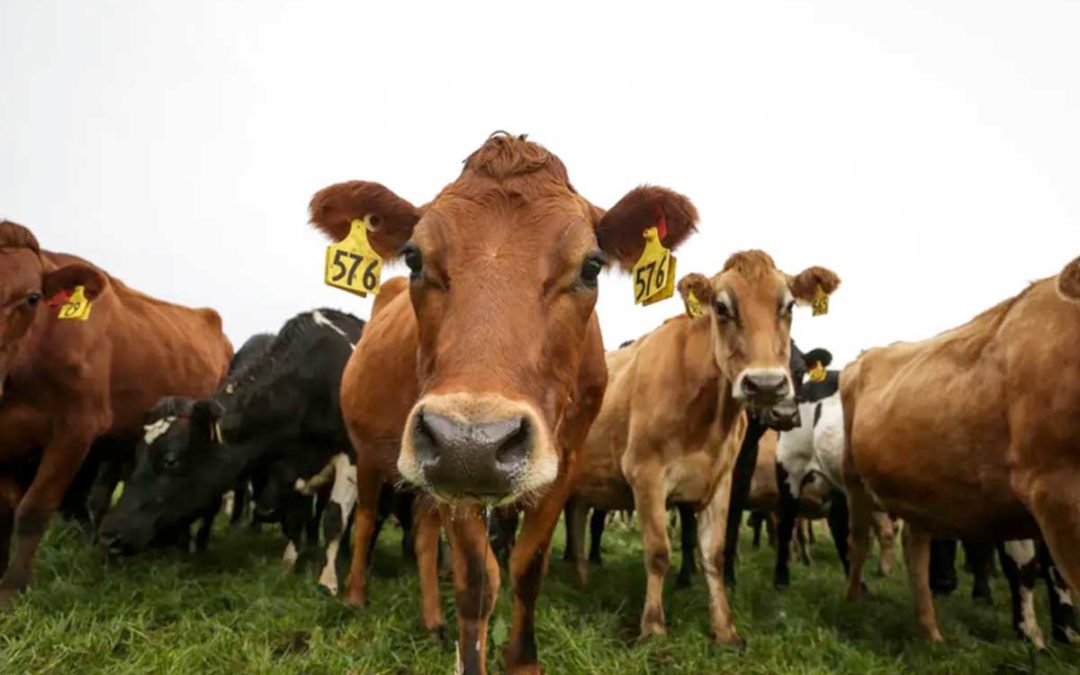A new live, single-strain vaccine is set to come on the market next year to help dairy and beef farmers in their battle against Mycoplasma bovis (M. bovis).
Cited as the most common pathogen in respiratory disease diagnoses, M. bovis is a significant problem facing UK farmers having risen to an endemic level. The Agriculture and Horticulture Development Board (AHDB) estimates pneumonia costs UK farmers £50 million per year.
While cattle, especially calves, suffer from pneumonia, M. bovis is also a cause of septic arthritis, otitis and mastitis. It has no cell wall, so does not respond to penicillin and cephalosporin antibiotics, making prevention a much better option than cure.
Live, single-strain vaccine
Since 2019, farmers have had access to a 3-strain inactivated single-shot vaccine through the Cascade system (prescription only), but from next year there will be a new live, single-strain vaccine.
Scottish vet Graeme Fowlie has conducted several trials on the first vaccine, one of which showed that it reduced weaned calf mortality from 5.8% to just 0.5%. Meanwhile, mortality on the unvaccinated control farms increased from 7.6% to 9.6%. Other trials have shown vaccination reduced lung lesion scores by between 56% and 64%, alongside a significant reduction in clinical arthritis.
Fowlie, a director of Meadows Vets near Aberdeen, said there was a difference between the viruses: “The M. bovis bacterium can alter its surface proteins, making it harder for the immune system to recognise it. Having 3 strains in a vaccine provides a broader range of protection against the different pathogenic strains circulating.”
An advantage of the live vaccine is that it can be given to calves from 7 days, with a booster 21 days later, and the onset of immunity 12 days after that. The inactivated vaccine is just one shot and recommended to be given from 60 days old – although it has been proven in a farm trial that careful use from 4 weeks of age can be successful.
Full immunity is provided 5 weeks after vaccination. It has been shown in farm trials to be safe to use in in-calf cows, who pass on the immunity to their calf via their colostrum.
“The biggest drawback to the live vaccine is that you can’t treat calves with the most effective antibiotics against M. bovis for 15 days before each jab, because they will kill the vaccine. That’s a long period of no treatment, and a killed live vaccine can’t perform nearly as well,” he said.
Calves
In farm trials run by Fowlie comparing 3 groups of calves of different ages arriving at a rearing farm in late 2023, the vast majority of calves needed treatment for pneumonia and many needed more than one treatment.
“Under these circumstances, you’d want access to a broad choice of therapy, including antibiotics to use – but the live vaccine would really narrow down that choice. In my view, that makes the inactivated, single-shot vaccine a far better option.”
Of course, vaccination isn’t the only tool available and Fowlie says strict biosecurity standards are crucial. This includes buying from as few sources as possible, and perhaps using an antibody test to check if stock are carriers before arriving on farm.
“Good ventilation in housing, with minimum stress at difficult times like weaning, will also help reduce the risk of disease,” he added.

